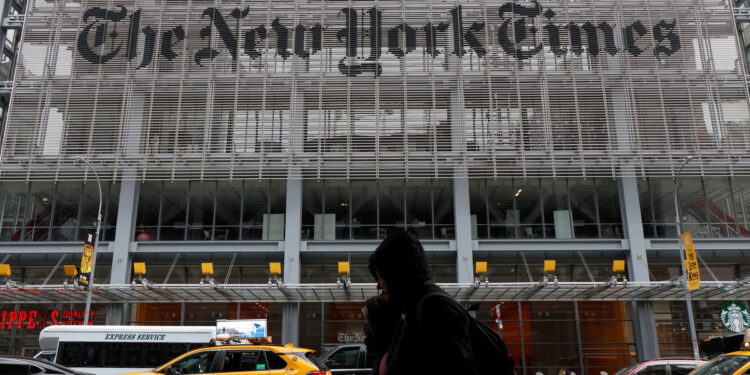As a major copyright lawsuit against Microsoft and OpenAI moves forward in federal court, legal tensions are escalating around one of the company’s most visible innovations: its consumer-facing Copilot AI product, developed just outside Seattle. The Redmond-based tech giant is now seeking to shield that product, and the team behind it, from the case’s expanding discovery process, which determines what internal data and records must be handed over as evidence.
The lawsuit, filed in New York in late 2023, accuses Microsoft and its AI partner OpenAI of using millions of copyrighted news articles without permission to train large language models, technology that powers AI tools like ChatGPT and Microsoft Copilot. The plaintiffs, a coalition of major publishers including the New York Times and The Center for Investigative Reporting, argue that the companies are profiting from journalistic labor while undermining the economic foundations of news production. At stake are both the licensing rights of media organizations and the future business model for generative AI tools that mimic human-created content.
At the heart of this dispute is a legal tug-of-war over scope. In recent filings, Microsoft has pushed back against the plaintiffs’ efforts to include its consumer Copilot AI, which launched in October 2024, within the boundaries of the lawsuit. The company argues that this product, designed for everyday users and integrated into Windows and mobile apps, was developed separately from the business-oriented Microsoft 365 Copilot, which was released earlier. Microsoft says the newer product is not implicated in the original complaint because it was created by a distinct team, on a different platform, months after the alleged violations took place.
Much of that team was recruited from Inflection AI, a California startup co-founded by Mustafa Suleyman, who now leads Microsoft’s AI consumer division from its Redmond offices. While Suleyman is not named in the legal filings, court documents suggest that his team’s work is directly tied to the current dispute, particularly because the consumer Copilot also relies on GPT-4o, the same OpenAI model at the center of the case.
Plaintiff attorneys, however, are challenging Microsoft’s attempt to draw a sharp line between past and present systems. They argue that the underlying AI architecture and training methods remain consistent across product lines, even if the user interfaces or feature sets differ. In their view, excluding the consumer Copilot from discovery would undermine their ability to understand how Microsoft’s AI tools function and prepare for what is expected to be a fair use defense, a pivotal legal argument asserting that the use of copyrighted content in AI training qualifies as legally permissible.
So far, no final decision has been issued on whether the AI systems in question violate copyright law. But the debate over which documents are subject to discovery offers a preview of the legal complexity ahead. It also raises broader questions about how courts will evaluate emerging technologies that evolve rapidly while often reusing core models and datasets.
For Microsoft, the stakes are significant. The consumer Copilot has become a flagship product across its platforms, offering users AI-generated summaries of news articles, real-time explanations of web content, and voice-guided digital assistance. Its rapid deployment has made it a cornerstone of the company’s consumer strategy, and a visible symbol of AI’s growing integration into everyday digital life.
As this case develops, the outcome could influence how courts define the boundaries of copyright in the age of artificial intelligence. It may also determine how much protection companies like Microsoft can claim for next-generation products that are built atop earlier, more legally contested systems. For now, the lawsuit remains unresolved, but its implications stretch far beyond New York courtrooms, reaching deep into Seattle’s growing role as a center of consumer AI development.







